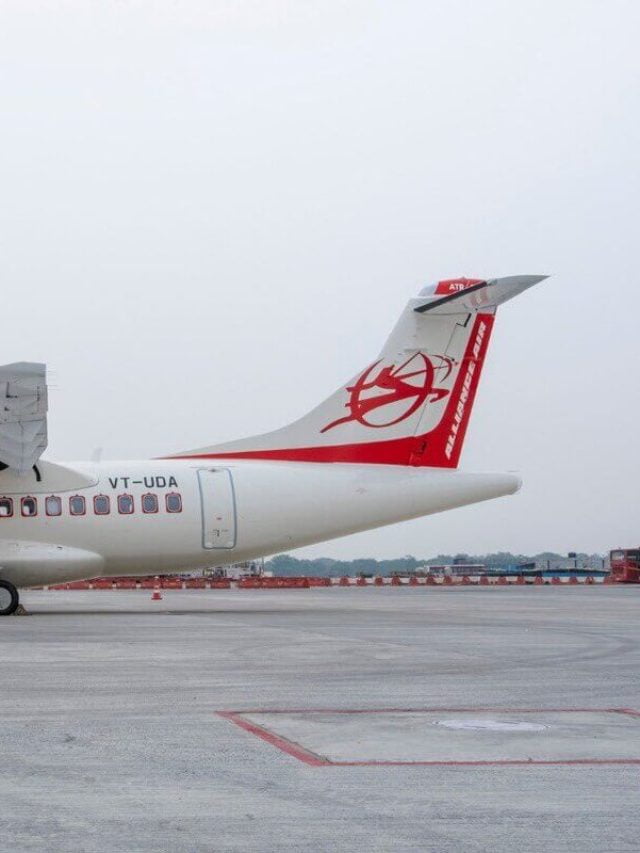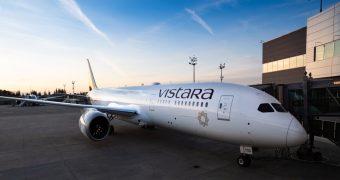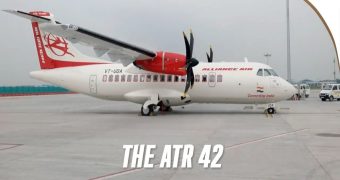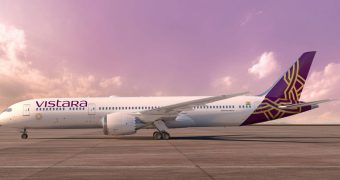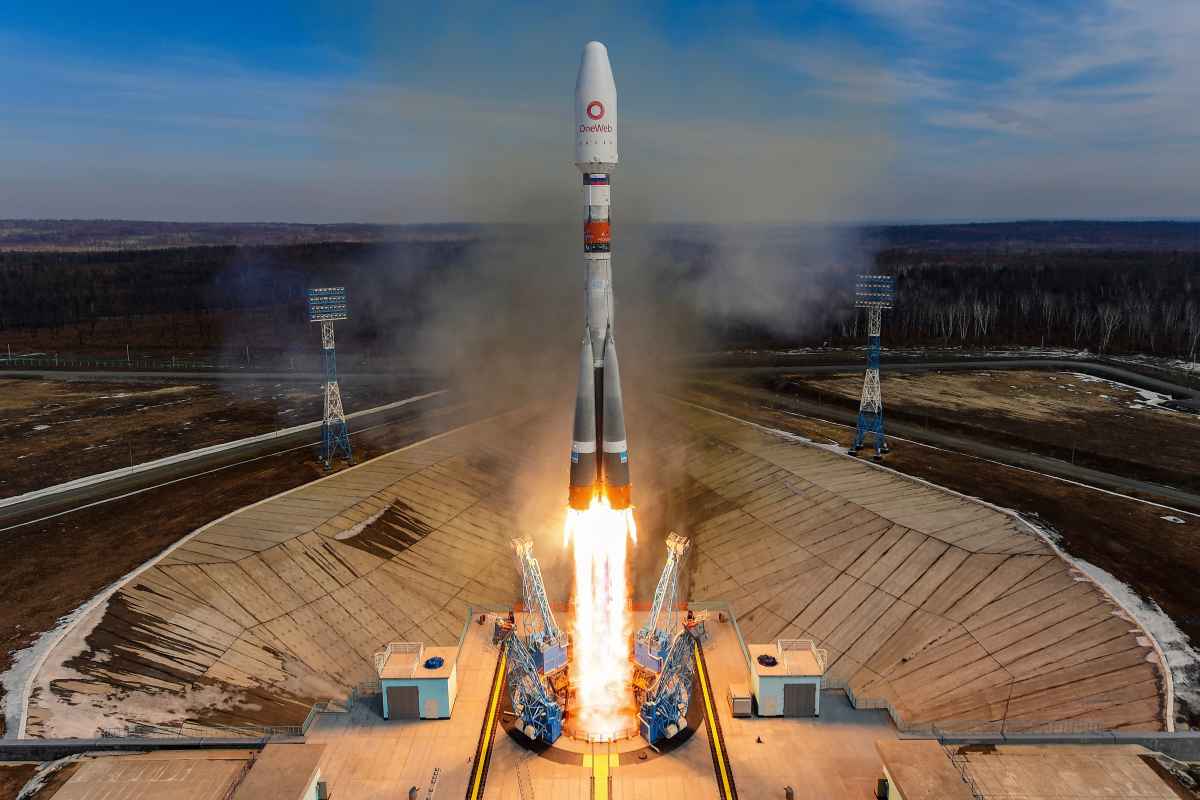In what can be termed a massive relief to flight travellers, the International Air Transport Association (IATA) proves that the COVID-19 transmission during flight journey is highly unlikely. Only 44 pandemic cases are reported since 2020 that can be associated with a flight journey. This is considerably low when compared to the fact that 1.2 billion passengers have taken the flight during the period.

Airlines’ study on COVID-19 during the flight journey
There is a plausible explanation for the reason of such low contraction, according to a joint publication by Airbus, Boeing and Embraer of different computational fluid dynamics (CFD) research. The aircraft’s airflow systems do control the movement of particles in the cabin, limiting the spread of viruses.
The airflow systems with High-Efficiency Particulate Air (HEPA) filters and the natural barriers of the seat back, the downward flow of air -- all reduce the virus transmission in-flight. Additionally, the mask and other protective gears worn by the travellers ensure more protection. HEPA filters have more than 99.9% of bacteria/virus removal efficiency rate.
There is only a limited chance of face-to-face interactions between the passengers on a flight journey. The passengers’ movement is also less. There is only less air movement from one row to another. Besides, a high rate of fresh air is coming into the cabin. Air is exchanged 20-30 times per hour onboard most aircraft, which compares very favourably with the average office space (average 2-3 times per hour) or schools (average 10-15 times per hour).
Freedman and Wilder-Smith also published a similar study arriving at the same conclusion. The Journal of Travel Medicine carries this article.
IATA reached out to airlines and public authorities to analyze the existing literature on the subject. As of now, no studies indicate a high risk of contracting COVID-119 during flight journey.
Even if 90% of the cases go unreported, it would be one in 2.7 million travellers. These figures are incredibly reassuring, says Dr David Powell, IATA’s Medical Advisor. He added that the majority of published cases occurred before the wearing of face coverings inflight became widespread.
IATA made it compulsory to wear masks since June 2020. The organization also insisted on the implementation of the Takeoff Guidance by the International Civil Aviation Organization (ICAO). This guidance adds multiple layers of protection on top of the airflow systems, which already ensure a safe cabin environment with very low risks of inflight transmission of disease.
